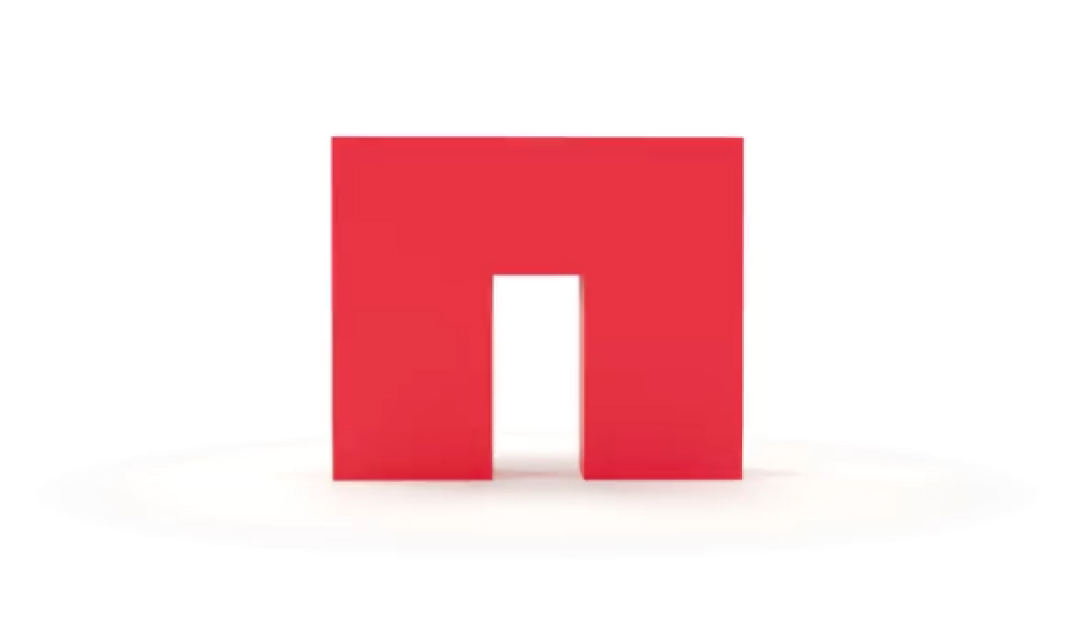
What is end-user computing (EUC)?
In its most strict sense, end-user computing (EUC) refers to computer systems and platforms that help non-programmers create applications. However, there is a lot more to EUC and its related technology, virtual desktop infrastructure (VDI), which essentially hosts desktop environments on a central server. It is considered a form of desktop virtualization.
Key to the success of an EUC/VDI initiative is bringing the components of the platform to users and managers without requiring systems expertise, allowing a more fluid introduction of new technologies to end users. Given the scope of roles and responsibilities, any platform that is used to support an initiative should be intuitive, agile, scalable, and manageable. These features reduce the level of expertise required to keep up with the changing digital workplace.
What’s important is that a well-designed EUC/VDI plan can allow users to access the digital platforms they need to be productive, both on-premises and working remotely in the cloud.
Why use EUC?
It’s no secret the work environment has changed dramatically. Businesses require new ways of working to survive, remain successful and return to growth. Resiliency and business continuity are driving organizations to redesign and recalibrate operations. EUC/VDI is at the forefront as application delivery to a remote workforce becomes critical for success.
At the same time, today’s users have changed. As creators and consumers of content they demand access to increasingly rich data, images, video and sound in order to do their jobs, while some of the more extreme users need to interact with images at high precision. Many organizations have all types of users, from the task-based up to the 3D graphical image user.
The ability to change and adapt to these new requirements defines an organization. To achieve the required level of desktop flexibility, agility and mobility often requires new cloud optimized infrastructures that can be scaled on demand with simple, automated, processes and tools.
End-user computing use cases
A few key use cases illustrate the value of building an EUC/VDI solution, which is designed to support mixed workload environments without the need for specialized knowledge of compute, network, and storage platforms.
Remote offices
For organizations with a diverse physical footprint, it can be challenging to deliver consistent digital workplace resources. An EUC/VDI solution offers an opportunity to deliver improved consistency in the desktop and access to user applications in remote offices. It's easy to add new users and troubleshooting tasks can be minimized.
Compliance and licensing control
For organizations that are concerned with regulatory compliance, or that want to improve management of their software licensing, an EUC/VDI environment can deliver a centralized platform for all user desktops and applications. With this centralized platform, security can be tightly managed and software licensing can be controlled. The EUC/VDI environment can be designed to provide everything that users need to perform their jobs while closely maintaining the range of external software installations by individual users.
Remote workers and BYOD users
Supporting a remote workforce is now mandatory in almost every organization. This reality requires a more diverse set of digital platforms. An EUC/VDI environment is the first step toward a hybrid multi-cloud experience that can support this diversity without breaking organizational standards of operation. And an EUC/VDI solution can be designed that provides desktops and applications so that remote users can easily consume them across multiple devices and can increase productivity while adhering to the organization's platform requirements.
Why is end-user computing important?
With EUC/VDI, the objective is to identify all the key applications or databases that are critical to daily operations and consolidate those into the same optimized platform as the desktops. With this approach, the scope of systems that are responsible for daily operations is identified and optimized along with the user desktops in a solution that delivers the performance users require. When using an efficient platform, the skills required to maintain the EUC/VDI environment are minimized, and the skills required to maintain operations are lower.
Advances in cloud technology and integration have also greatly impacted EUC and VDI. Organizations now need multiple options to help enable worker productivity while also securing data, lowering costs, and managing highly variable workloads. A robust cloud infrastructure helps support that. A hybrid approach to physical, virtual and cloud desktops is inevitable – and a best practice.
NetApp® cloud solutions for virtual desktops help you capitalize on the benefits of VDI in the cloud while avoiding many of the challenges around cost and complexity.
- Our Virtual Desktop Service (VDS) provides a global control plane to provision, deploy, and manage virtual desktops in any cloud environment
- Our Cloud Volumes family, including Azure NetApp Files in the Microsoft Azure cloud, provide the scalability, stability, and performance demanded by enterprise-class VDI environments
- NetApp's Cloud Backup services ensure that your user data is secure, and always available, while our Cloud Data Sense services keeps you compliant and worry-free
The benefits of a new, hybrid approach
As with most complex enterprise challenges, there is not one size fits all. What’s clear, however, is that companies should get started either modernizing your existing VDI environment or deploying modern VDI solutions across private and public clouds. If you are expanding your operation into the cloud to maintain business continuity due to either planned or unplanned events, then NetApp VDI solutions will allow you to run the most demanding, mission-critical VDI applications and workloads while delivering advanced data management capabilities.
Most businesses run on a combination of public and private clouds. Co-existence brings its own set of challenges: VDI silos, data silos, management complexity, and fragmented user experiences. NetApp helps by decoupling VDI application and data from location. We enable a consistent, repeatable and predictable experience on any cloud.


